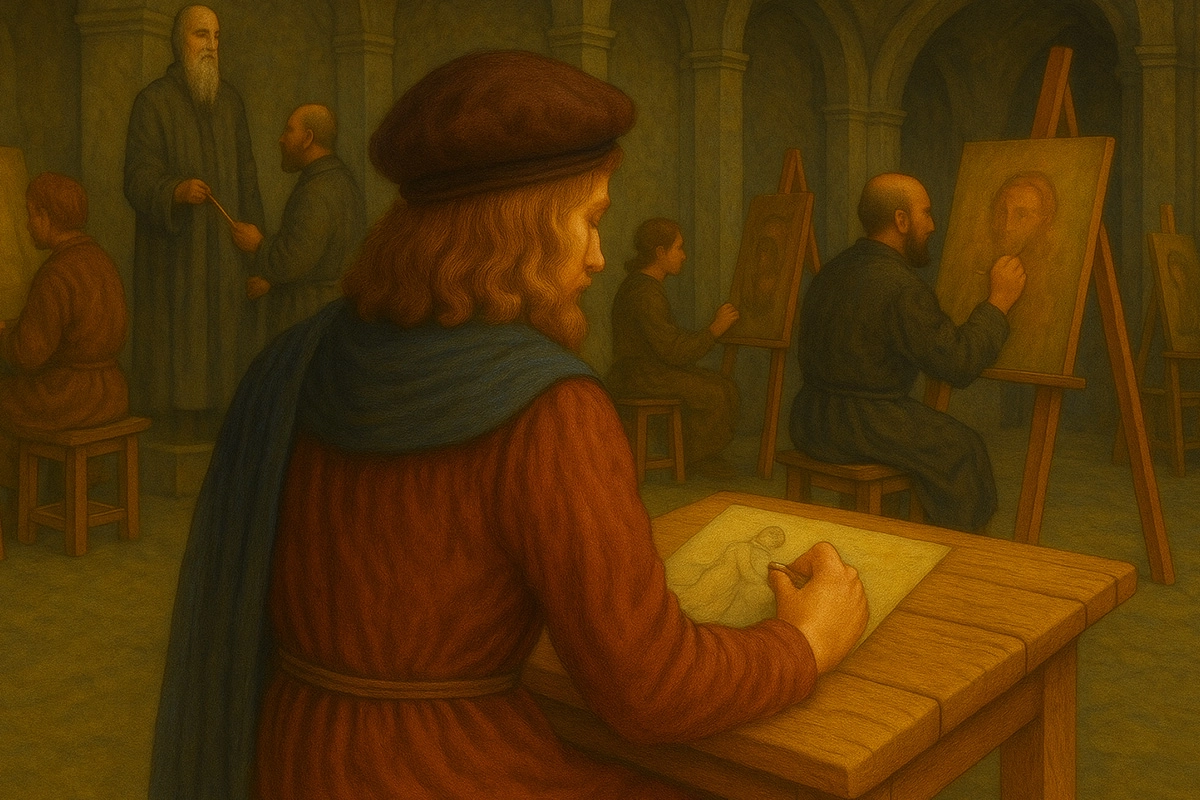
What is in this article?
Leonardo da Vinci was an Italian artist and scientist known not only for his work in painting and sculpture but also for his studies in engineering and architecture. As one of the most renowned figures of the Renaissance era, he gained worldwide recognition for masterpieces like the Mona Lisa and for his scientific explorations related to energy.
So, who was Leonardo da Vinci? What were his greatest achievements in the worlds of art and science? Let’s take a closer look at the fascinating details of Leonardo da Vinci’s life and legacy.
Leonardo da Vinci’s Life and Education
The famous artist, whose full name was Leonardo di ser Piero da Vinci, was born on 15 April 1452 in Florence, Italy.. Until the age of five, he was raised by his mother, but after both of his parents married other people, he went to live with his grandparents. However, when he was 14, Leonardo lost both his grandmother and grandfather in close succession and moved in with his father in 1466. His early drawings and paintings did not go unnoticed by his father. Recognizing Leonardo da Vinci’s talent, his father showed his work to Andrea del Verrocchio, one of the most prominent painters in Florence at the time. This moment opened a new door in Leonardo’s life. Impressed by his sketches, Andrea del Verrocchio accepted him as an apprentice and began training him. Receiving craft-based education in Verrocchio’s studio, Leonardo gradually gained experience in fields such as sculpture, painting, architecture, music, geometry, and natural sciences, eventually producing important works in both the arts and the sciences.
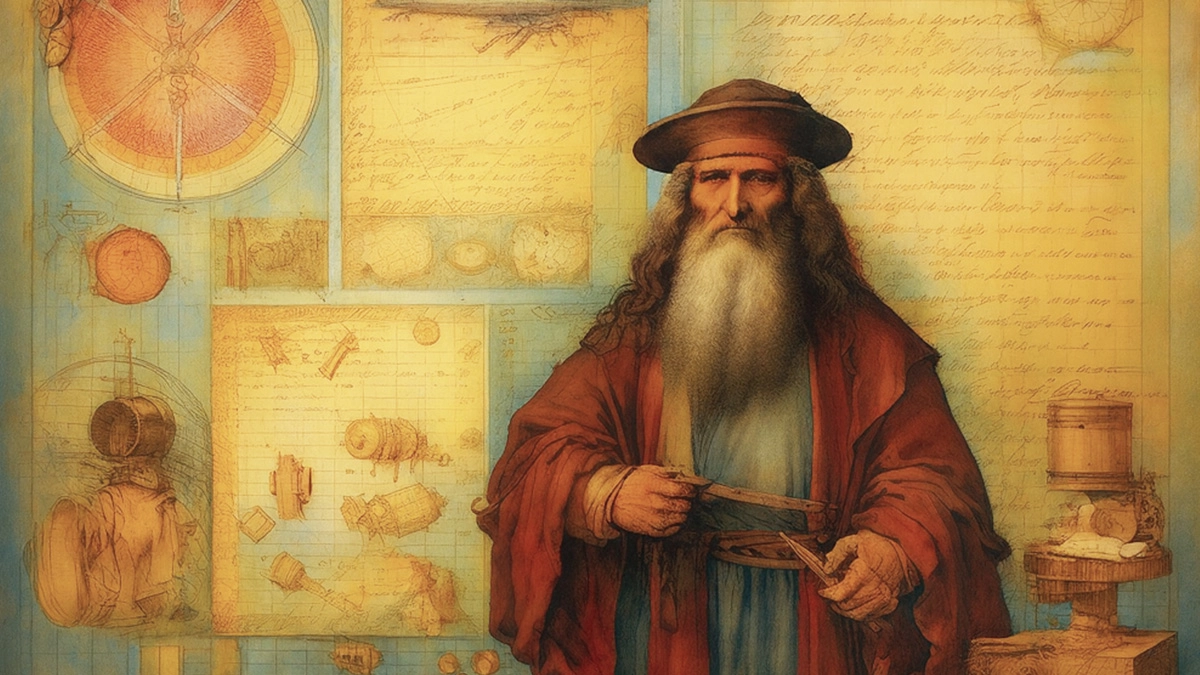
Leonardo da Vinci’s Works: His Achievements in the Art World
After receiving seven years of craft training under the famous Florentine artist Andrea del Verrocchio, Leonardo da Vinci began producing works across various disciplines and made a name for himself. However, the paintings and artworks he created are undoubtedly what brought him worldwide fame. Known for his artistic achievements, Leonardo is considered one of the three great masters of the Italian Renaissance, alongside Michelangelo and Raphael. After completing his apprenticeship, he left Verrocchio’s studio in 1482 and moved to Milan, where he gained experience in different fields of science and art under the patronage of the Sforza family.
Leonardo da Vinci’s first major work in Milan was ‘The Virgin of the Rocks’, a painting originally designed for a church chapel. In addition to his paintings, he produced works in military engineering, architecture, costume, and stage design, and after the 1480s, he increasingly focused on anatomical studies in his drawings. Beyond his characteristic paintings and distinctive artworks, he also gained attention with sculptures, inventions such as flying machines, and engineering projects. One of his most iconic works is the massive equestrian statue known as ‘Gran Cavallo’, which he designed in 1493 for the Duke of Milan. Throughout his life between Florence and Milan, Leonardo achieved significant artistic success with works like Mona Lisa and The Last Supper, continuing his creative output until he became paralyzed in 1518.
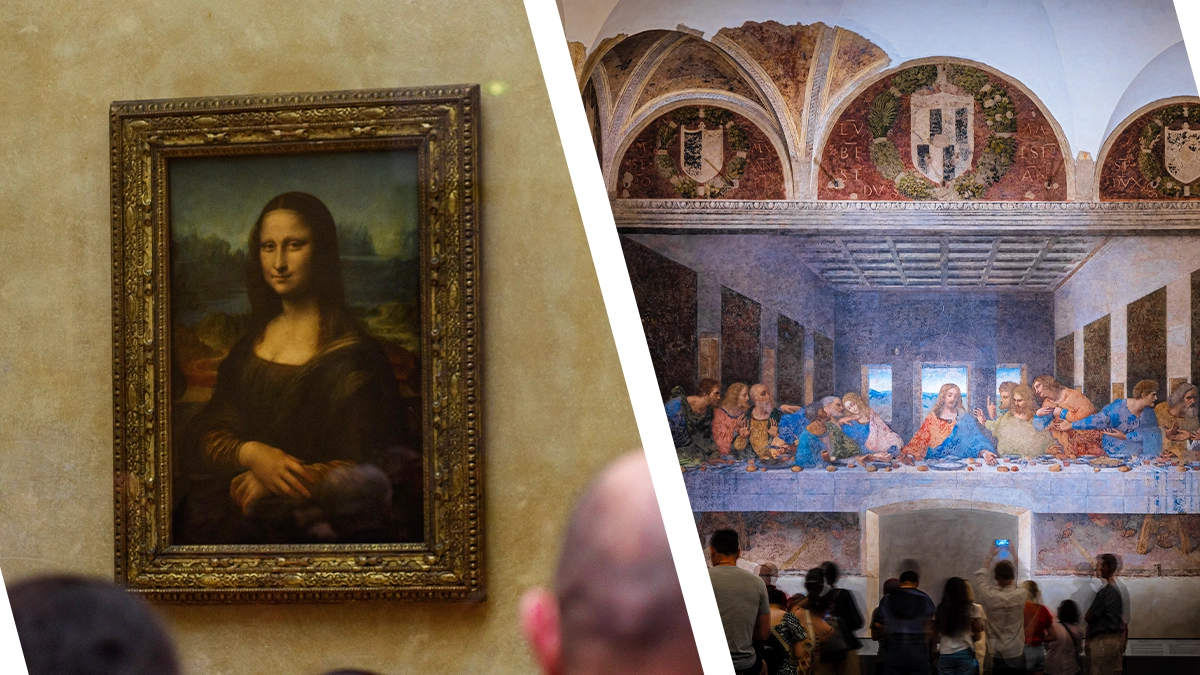
Leonardo da Vinci’s Paintings and Drawings
Throughout his artistic career, Leonardo da Vinci captivated the world with a wide range of remarkable paintings and drawings. His most admired works can be summarized as follows:
- 1472 - The Baptism of Christ (painting)
- 1473 - Arno Landscape (painting)
- 1475 - The Annunciation (painting)
- 1480 - Saint Jerome in the Wilderness (painting)
- 1481 - Adoration of the Magi (painting)
- 1489 - Lady with an Ermine (portrait)
- 1492 - Vitruvian Man (anatomical drawing)
- 1495 – 1498 - The Last Supper (fresco)
- 1503 - Mona Lisa (portrait)
- 1508 - Virgin of the Rocks
- 1512 - Saint John the Baptist
In addition to his paintings and artworks, Leonardo da Vinci also made a name for himself in the scientific world with his inventions in energy systems and mechanical devices.
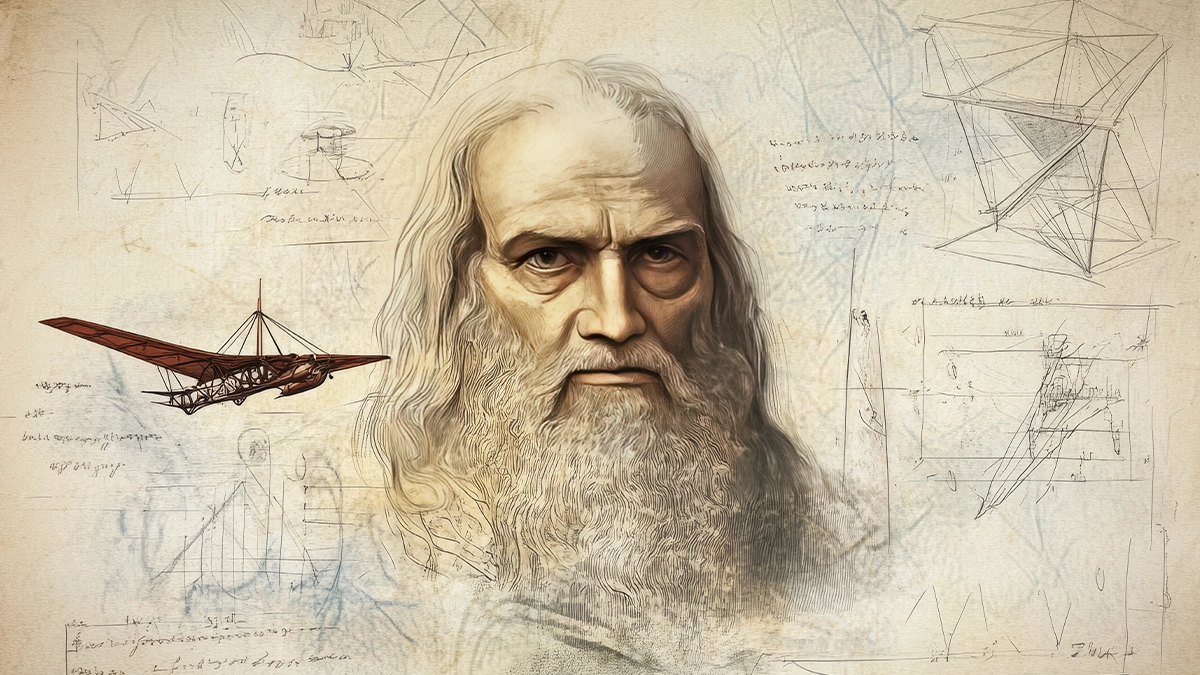 What Did Leonardo da Vinci Invent?
What Did Leonardo da Vinci Invent?
Leonardo da Vinci, who is also known for his conceptual inventions in the fields of architecture and engineering, made nine different inventions with a foresight beyond his time. His first invention was the design known as the flying machine. The ornithopter, designed and planned by da Vinci, became the first aircraft of its era to fly using attached wings. In the 1490s, he developed a design for a mechanical robot. After this design, which operated with an automatic system, he worked on a design for a mechanical lion. The machine gun, the viola organista musical instrument, the armored vehicle, and the diving suit are other conceptual inventions that Leonardo da Vinci worked on and that left a significant mark in history.
Leonardo da Vinci’s Hydraulic Energy System Designs
One of Leonardo da Vinci’s most important scientific contributions was his designs for hydraulic energy systems. The renowned inventor explored the power of water and developed engineering projects that operated using hydraulic mechanisms. Water wheels and hydraulic machines were among his inventions that harnessed the force of water. He designed machines that utilized hydraulics to convert the kinetic energy of water into mechanical energy. Another project Leonardo da Vinci developed using hydraulic power was a water-lifting device. His water wheels and hydraulic machines were eventually used in applications such as industrial tools and mills.
Leonardo da Vinci’s Vision of Renewable Energy
With a vision far ahead of his time, Leonardo da Vinci utilized the potential of renewable energy in the hydraulic systems he designed. He focused on machines and mechanisms that operated by converting kinetic energy into mechanical energy through the power of water. Instead of relying on limited resources, he invented water wheels and mills powered by renewable sources. In later centuries, the hydraulic systems and renewable energy vision pioneered by da Vinci were adopted in industrial applications. He implemented projects that utilized sustainable resources, such as hydroelectric energy, to power machines. If you are curious about What Hydroelectric energy is?, you can conduct further research in this field to gain more detailed information.
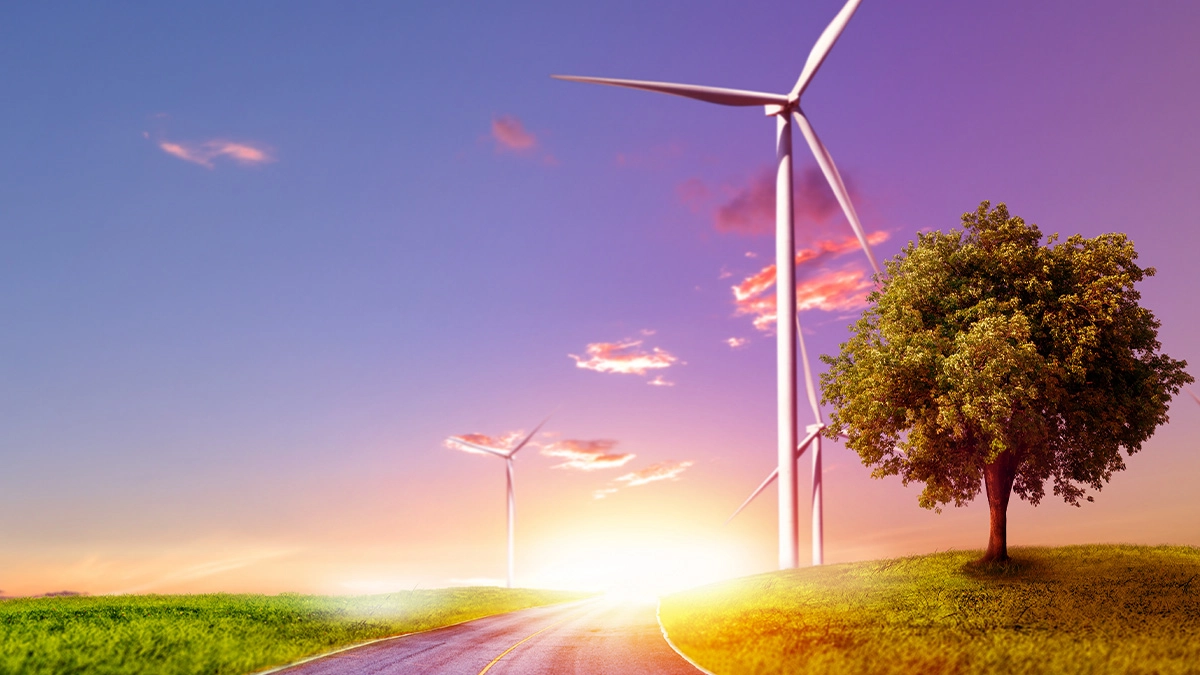 Leonardo’s Energy Engineering
Leonardo’s Energy Engineering
Leonardo da Vinci was a brilliant engineer who harnessed the inexhaustible power of water to convert kinetic energy into mechanical energy for operating machines. His contributions to energy engineering were reflected in the development of water wheels and hydraulic machines, which were later adopted in industrial applications. He enabled the movement of machines by harnessing the lifting force and power of water, a sustainable and inexhaustible resource like wind energy.
In the 15th and 16th centuries, Leonardo stood out not only for his artistic works but also for his engineering inventions, contributing significantly to the scientific world with his original technical drawings and projects such as water wheels, flying machines, and hydraulic devices. Leonardo da Vinci’s work on energy engineering marked a significant step in the scientific advancement of his time.
If you also wish to embark on innovative projects like Leonardo da Vinci, you can take the first step by focusing on scientific research. If you would like to learn more about renewable energy sources, you can deepen your research on hydraulic and wind energy to gain further knowledge in this field. You can also explore our content on geothermal energy.
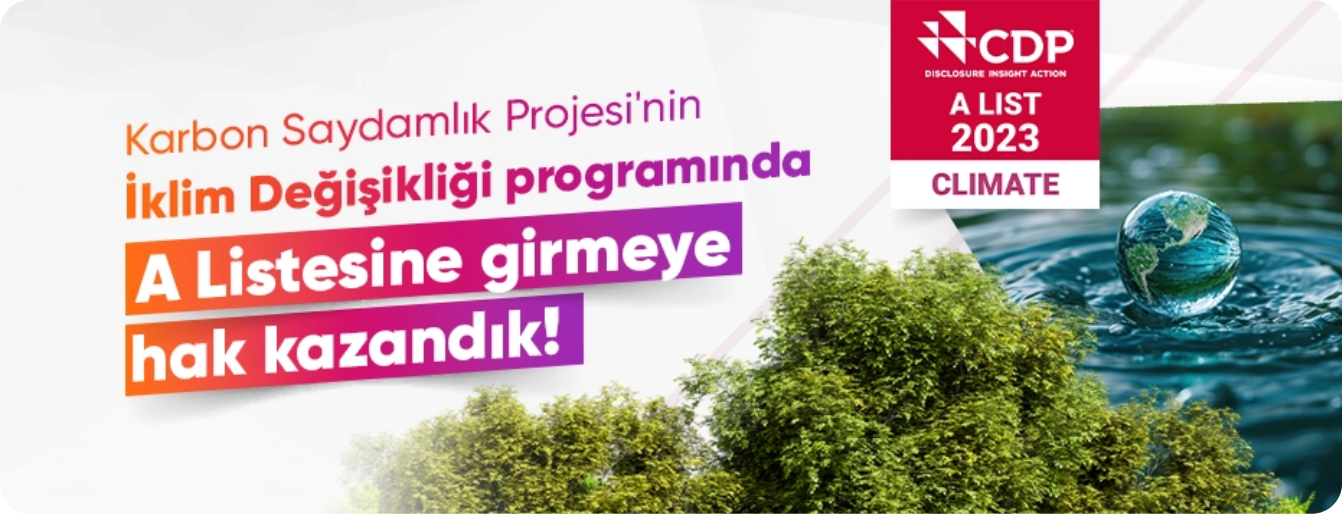
 Online Services
Online Services Application Inquiry
Application Inquiry Pay Assurance Fee
Pay Assurance Fee Query Installation Number
Query Installation Number Compensation Fee Inquiry
Compensation Fee Inquiry Automatic Payment Order Inquiry
Automatic Payment Order Inquiry Partnership
Partnership
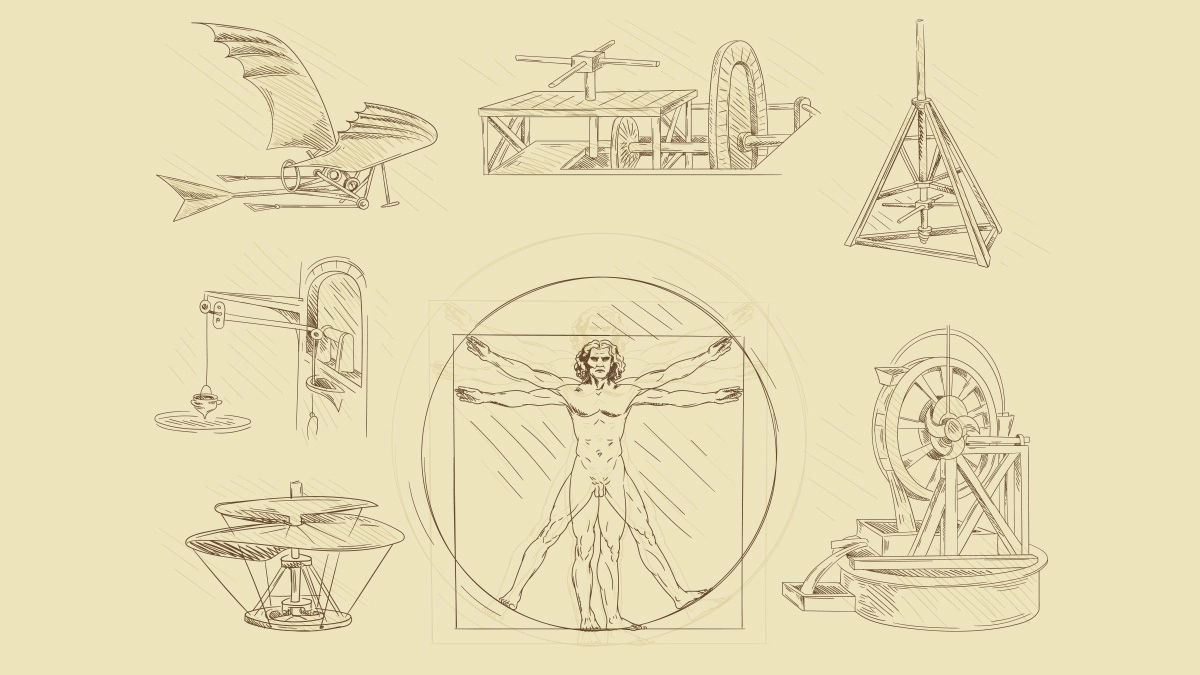

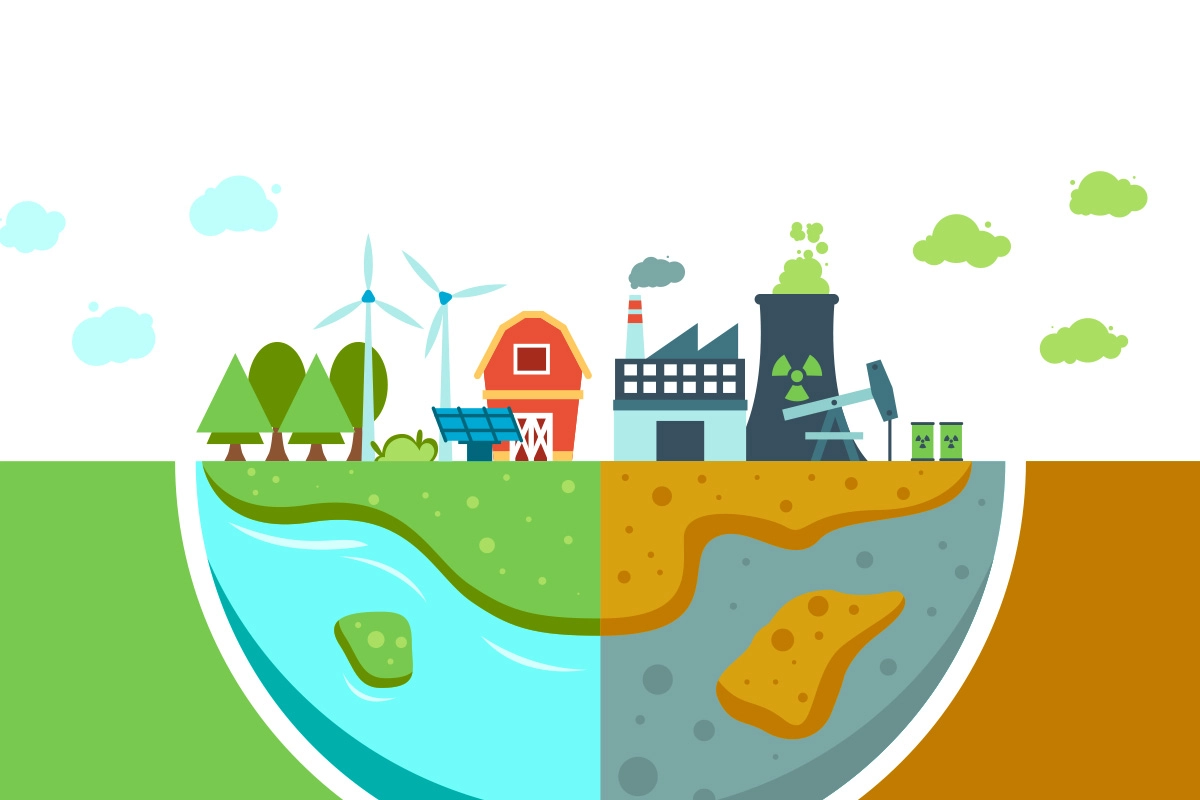

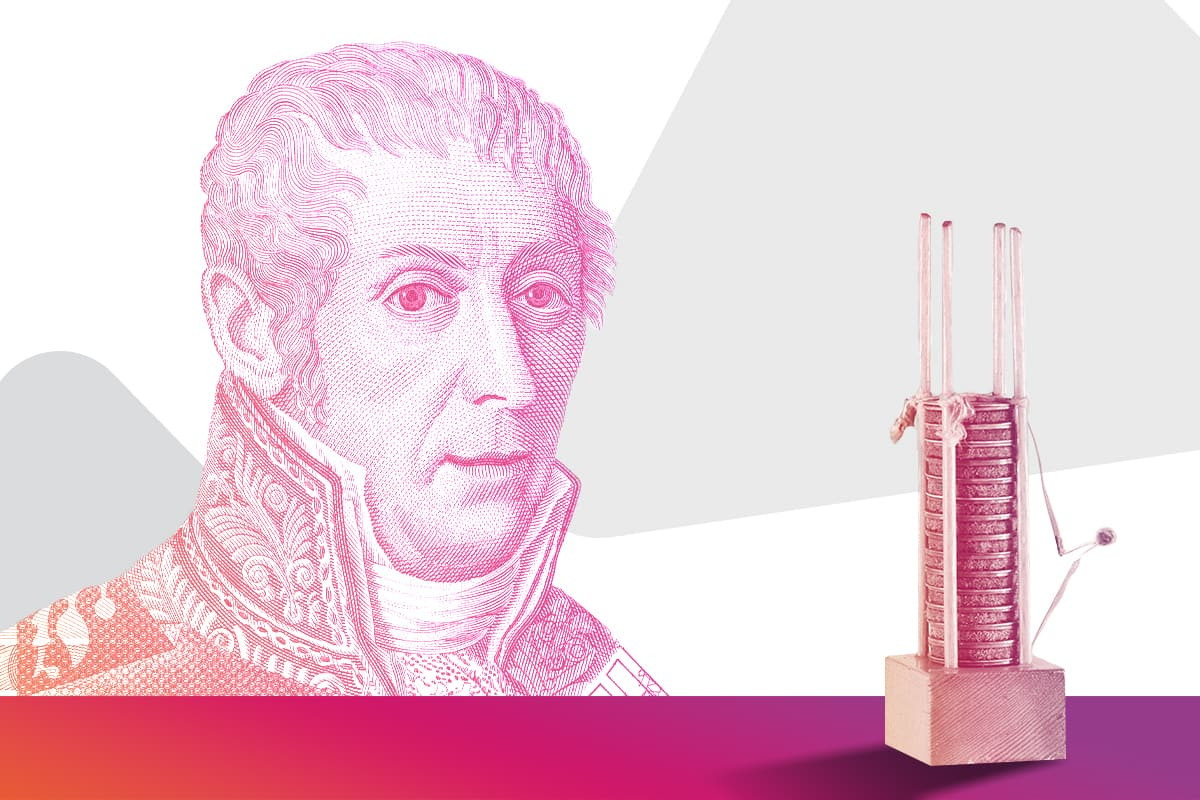
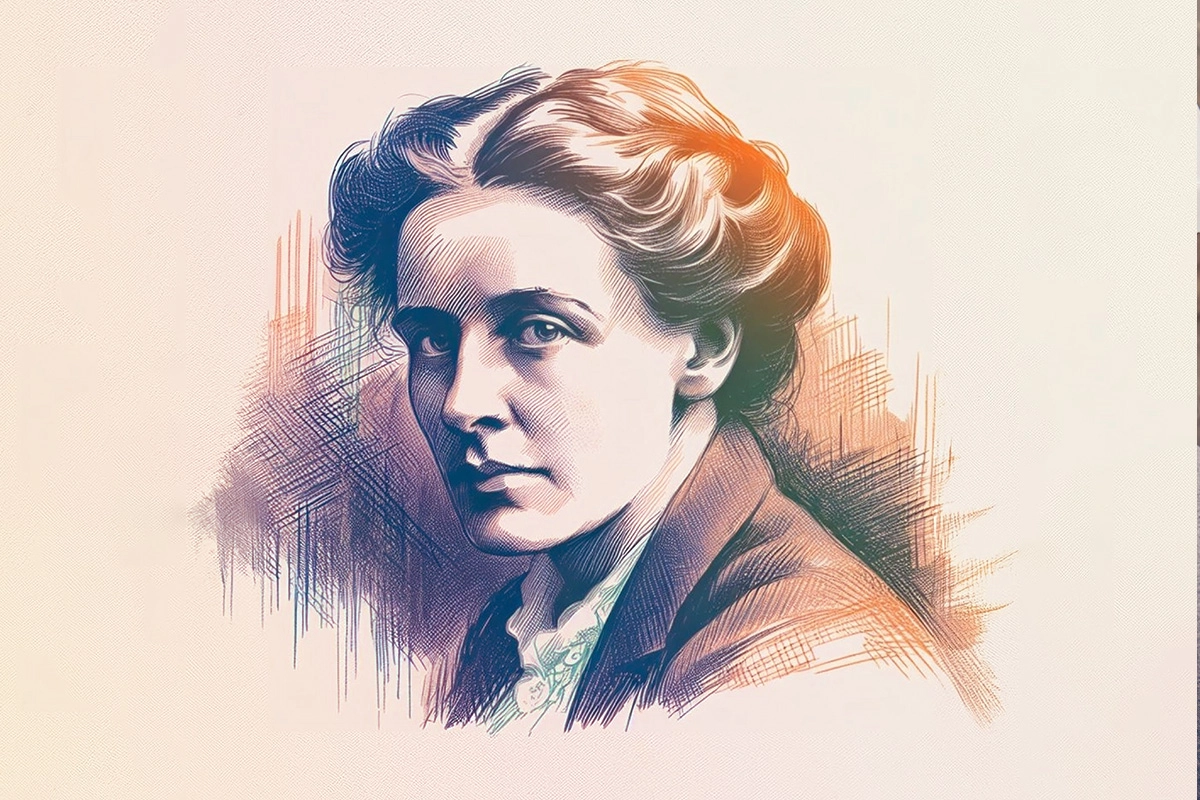
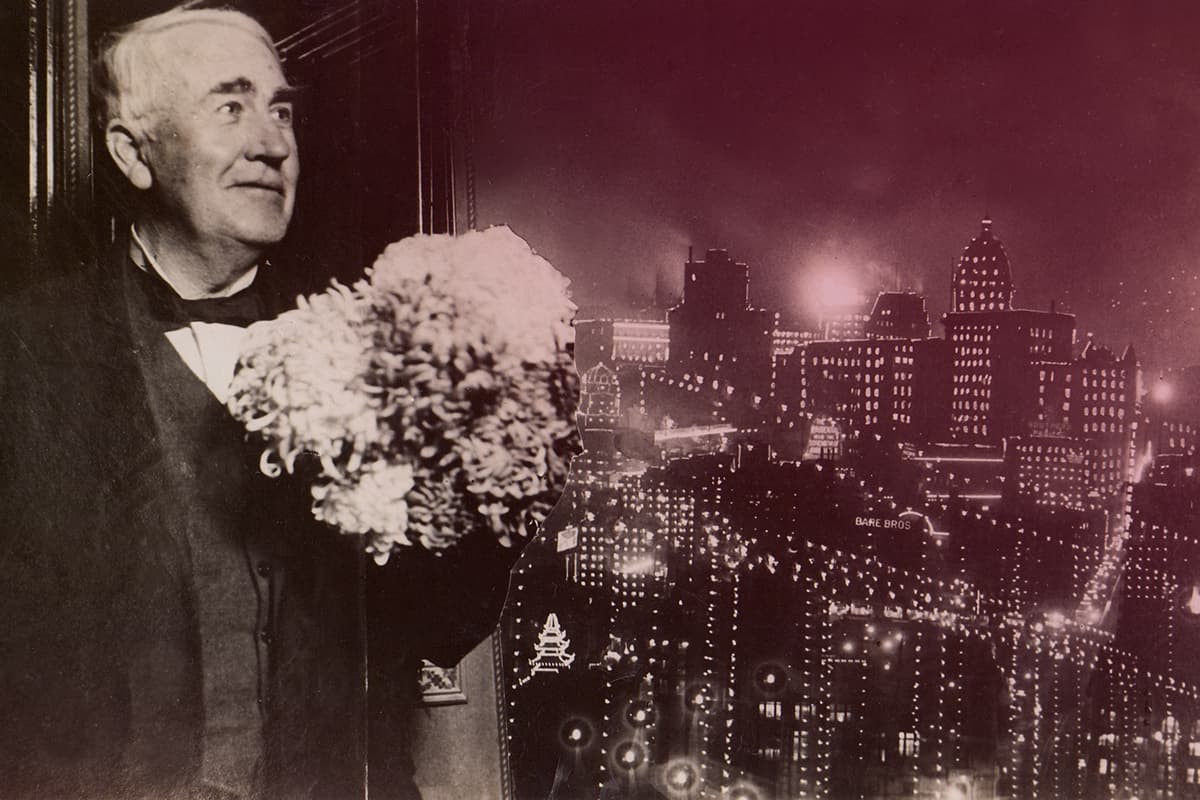
Leave a Comment